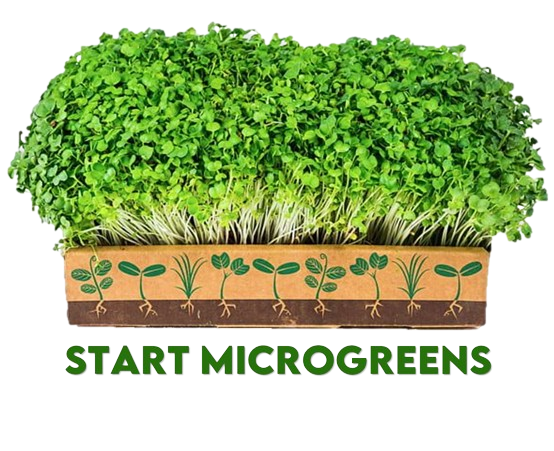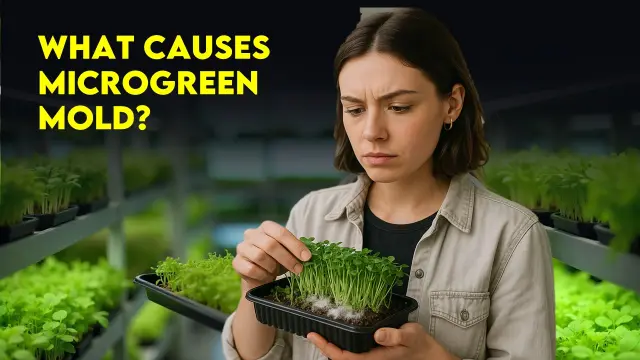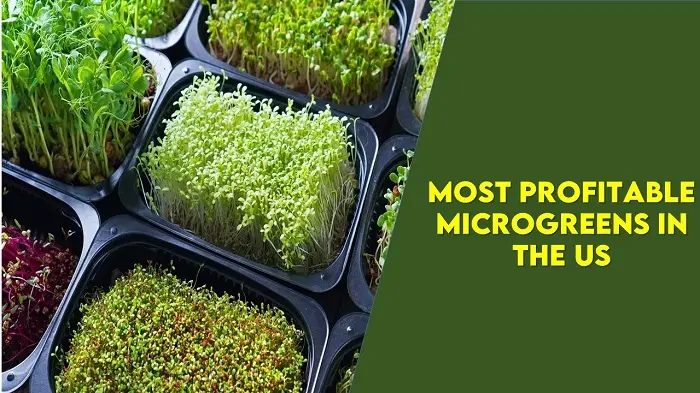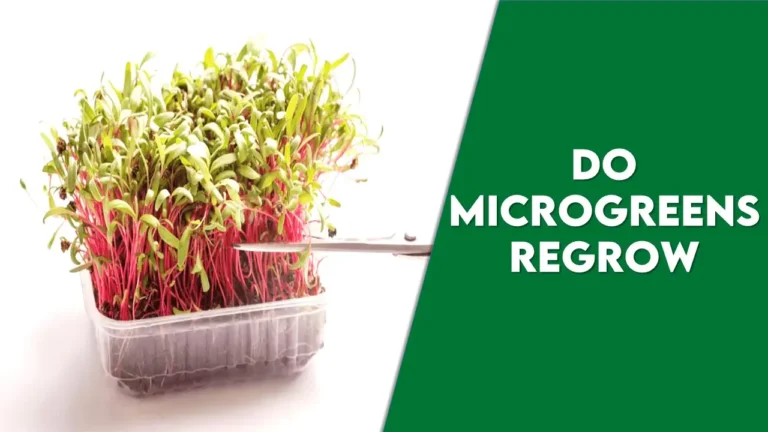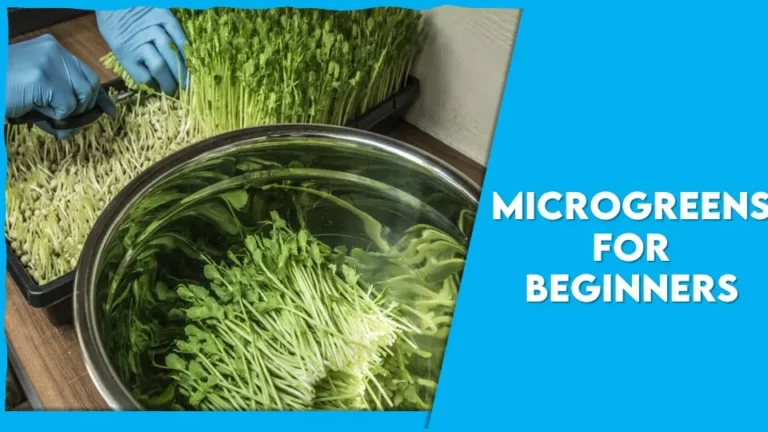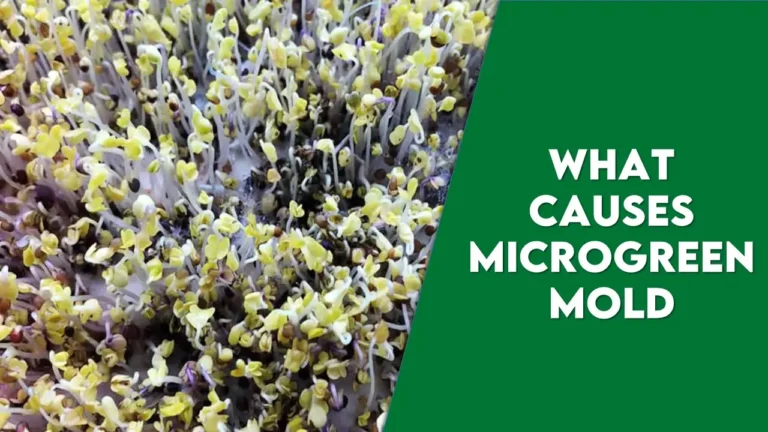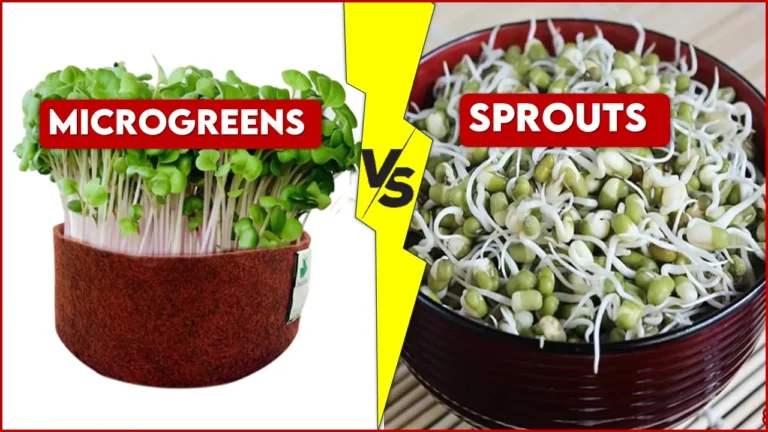I was always curious to know about who invented microgreens. In the contemporary world, where we have superfoods as a diet trend and fist size fruits as nutritional powerhouses, micro greens, like their minuscule size, are rapidly proving to be the tiny packs of flavors and nutrition on the world’s plates, with their bright and bold colors and appealing taste.
Still, the origin of these dramatically flavored microgreens with a high density of nutrient values, which have changed the face of almost any modern cuisine, goes back to the early times of a particular person who had the power to change the whole culinary world. Let us come together to experience a chronicle of time that illustrates the ingenuity of microgreens and the world of gastronomy shaping the world of nutrition.
Microgreens watched over every step of the day, are a collage of tiny succulent leaves and herbs that are harvested at the earliest stage of growth, which crunched into culinary history wrapped in the late 20th century. Though no single creator can be credited as to the exact beginning of microgreens, it is the experimentation by chefs and especially growers which have fueled the development of new techniques to induce harmonies of flavors, textures, and visual effects in culinary masterpieces.
As a result of trial and error, and ongoing improvements, adding microgreens to food preparation processes for use is a well-accepted practice that fascinates chefs and foodies, as well as health-conscious people right around the globe. In this article, we shall explore everything about who invented microgreens and how did it all began.

When Were Microgreens Invented?
Microgreens as we see them today were not invented per definition but rather they came into being as science and technology got better, and through the required innovation, culinary experiments, and a growing desire of people to live healthy, nutrient-rich lives. This custom of eating young, green shoots and sprouts has been in operation for centuries. This has been a part of numerous cultural cuisines spread worldwide.
Nevertheless, the modern microgreens concept of them which is added with colorful, intense flavors and high nutrition is very new in the late 20th century and is unfolding in the day to day as the new century. Farmers and cooks alike soon realized they could harvest and consume these tender cotyledon leaves of baby greens from just after their leaves emerged until young plants developed new bladder leaves.
The unworked nature of who first credited microgreens has however been eclipsed by the fact that their rise in popularity is a result of collective efforts of chefs, farmers, and horticulturists who have experimented with different plants and growth methods to come up with their trademarked greens. Establishing an exact date of microgreens’ transition from a niche gastronomy tendency to mainstream cooking is hard. Nevertheless, their appearance in professional kitchens, farms, and families, happened during the end of the 20th and early 21st century.
Nowadays, microgreens are known for their versatility, nutrient density, and beauty, and they are a major ingredient on the inhabitants’ table in both the culinary world and the symbol of innovative plant-based nourishments.
Who Invented Microgreens?
The exact origin of the path by which microgreens we eat came is not known precisely, since the concept of eating very young and fresh sprouted shoots belongs to old times when it used to be practiced all over the world. Yet microgreens are taken as one of the most important and healthy foods nowadays, although many believe that they became fashionable and well-known in the culinary world during the 1980s and 1990s.
They differed from each other they harvested and plated these young leaves they were harvested at just the cotyledon stage, where they had just been replaced by a proper first leaf. They savored the surprising intensity, the rich colors, and the high-quality micronutrients of microgreens, which allowed for their amplification in the gourmet dishes and innovations of culinary creations.
Story Of the Evolution Of Microgreens
The Origin
At a time not far from now, the plant-based gardens of the world’s forests served as the place where the sorcery of microgreens was created. The food has a flavor of providential, investigative, and presentation of new methods.
Before humans inhabited this planet for a long, the plants had been evolving a variety of mechanisms to boost their endurance under different environmental conditions. In this context, a significant technological progress was the natural seed formation, everything needed for growth was required to be accommodated in a single entity for a new plant to grow. While it took eons, plants evolved their seed protection strategies probably through multiple generations, encompassing the seeds in sturdy coverings that withstood elements and surviving animals.
Early Germination
However, a natural process that is not always going to happen some seeds would not fall in an ideal condition for the process of germination. A few scrubs found themselves in this situation, and being pushed around by larger plants to strive for sunlight they continuously ended up in the shade. Some of them were blown by the wind and ended on the unclaimed land while others were washed off by water and landed on the naked ground. In a nutshell, seeds had to go abruptly either a cognitive revolution or extinction.
In their struggle for existence, plants had to come up with one of the most amazing aspects of seed dissemination. They did not opt for the regular conditions in the soil so the plant may get nutrients to grow. Instead, they opted for the less preferred shortcut. They took advantage of this being one of the shortest seasons and they wasted no time. They sprouted their delicate shoots and leaves before a robust root system. These are but sterile branches with precise colors or feathery foliage that were the predecessors of modern microgreens.
Ancient Discovery
Among the oldest civilizations, the Egyptians and the Chinese easily combined with the later Greeks, started to see tender shoots as more than just survival food, but as a kind of refined cuisine. They pursued differing types of plants and by doing so learned that the juicy and green plants possessed a higher level of taste, a rich variety of colors, and an accessible texture that brought out a new aspect of food.
Global Adoption & Ongoing Exploration
Nevertheless, these green buds only tasted like grass until some green thumbs rediscovered them in the last few decades. Farm-to-table movement and healthy drinking awareness encouraged chefs and home cooks to taste the versatility of these dwarf weeds. Instead of becoming mundane, they brought a lot of varieties and created an alternate taste for almost all food classes. Nowadays, they are not only exhibited in restaurant plates from outstanding chefs but also introduced into many kitchens for homemaking healthy people. Ranging from peppery arugula to spicy radishes, from earthy beet greens to delicate pea shoots, We could say that the rarity of microgreens hardly scratches the surface. It is undoubtedly microgreens story is still on the go. If someone comes to you with the query of who invented microgreens, you should be able to tell them the entire thing with utmost confidence.
Alternative Food Sources To Microgreens
Sprouts
The young plants that rise from sprouts are sprouted even before they grow fully to be taken as sprouts. Each type has a distinct taste, including sprouts of alfalfa, mung bean, broccoli, radish, and of course many other tasty varieties. Sprouts are full of nutrition, which is the vitamins, minerals, and antioxidants they have. Adding them to dishes affects their freshness and texture.
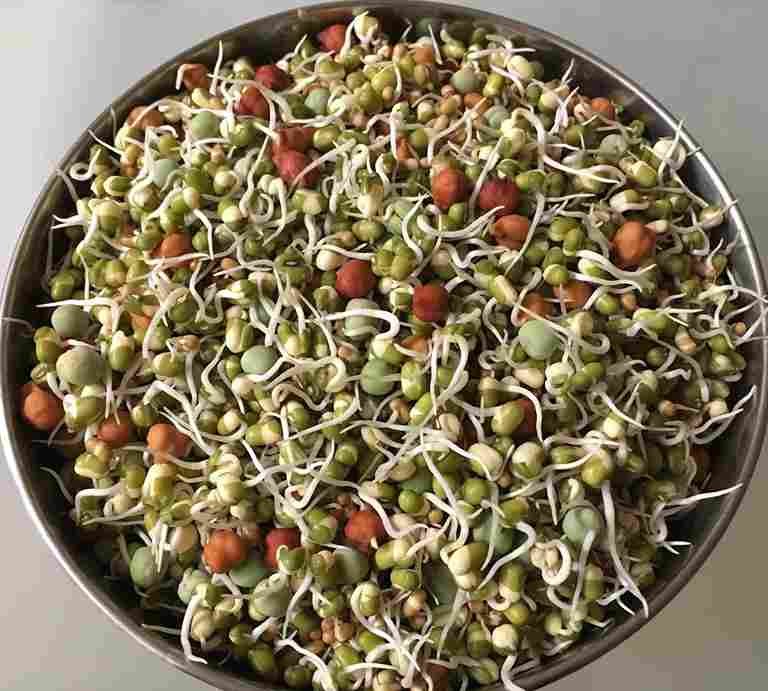
Baby Greens
Young leaves are a versatile product, for instance, arugula, spinach, kale, and lettuce leaves, also known as baby greens. Being harvested at the beginning of their early growth stage, the baby lettuces give delicately soft flavors and tender textures. For instance, they can be served with salad, bread rolls, and tortilla wrapped, or as a decoration of several dishes to mention just a few uses.

Herb Leaves
Fresh herbs such as basil, cilantro, parsley, and mint can be added to your diet in place of microgreens by directing your interests. Amalgamating the pale blue aromatic shingles sheds a livelier note to the dishes, and it can be chopped or torn over salads, soups, pasta, and other meals.

Conclusion
This is all about the topic of who invented microgreens. The microgreen’s invention or discovery cannot be attributed to any person or a particular occasion in its entity. Microgreen boom is, conversely, not a culmination of years of human efforts directed towards the evolution of one single type of green, but rather a victory of nature and the learning and experimenting process driven by thousands of generations of farmers, foragers, chefs, and foodies throughout the history. Microgreens came into existence as a transitory stage in the plant kingdom an adaption towards the role of an assistant for plants to survive in tough conditions and serve as food and spices for humanity in the last few millennia.
Microgreens are coming back today with full colors and nutrient levels, and microgreen consumption over the last years was a kind of revival of the appreciation of the ancient cultures which have discovered the wild and exclusive tastes, and spectacular aesthetics of the microgreens. So, the story of microgreens reaches far beyond simply a new concept; this tale takes us on a narrower road that crosses time, cultures, and ecosystems, and thus, gets deeply into the nerves of the culinary world and our understanding of the world.
